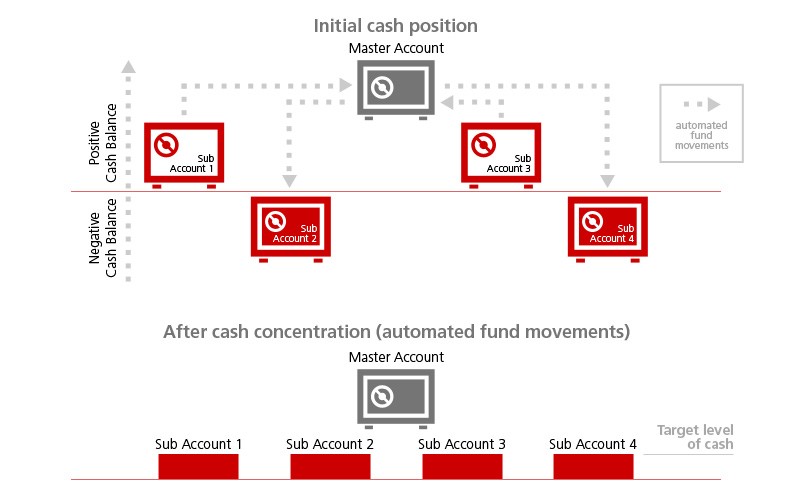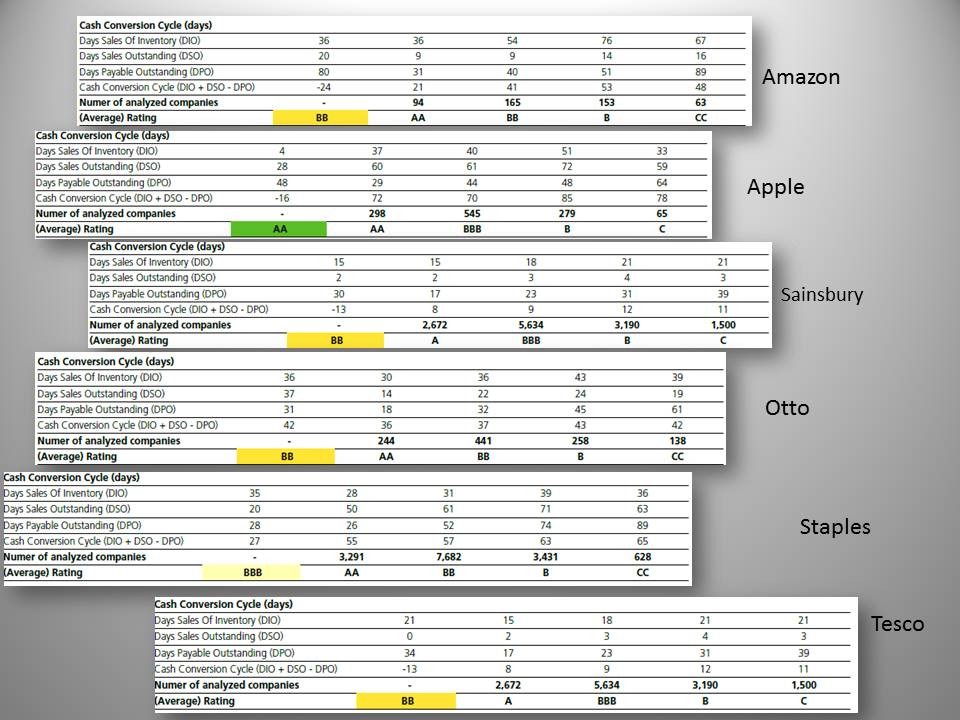Cash conversion cycle in smes
Post on: 25 Апрель, 2015 No Comment

FUNDACIÓN DE LAS CAJAS DE AHORROS
ISSN: 1988-8767
La serie DOCUMENTOS DE TRABAJO incluye avances y resultados de investigaciones dentro de los pro-
This paper examines the determinats of Cash Conversion Cycle (CCC) for small and
medium-sized firms. It is found that these firms have a target CCC level to which they
attempt to converge, and they try to adjust to their target level quickly. The results also
1. INTRODUCTION
The corporate finance literature has traditionally focused on the study of long-term
financial decisions such as the structure of capital, investments, dividends and firm
valuations. However, Smith (1980) suggested that working capital management is
important because of its effects on the firm’s profitability and risk, and consequently its
value. Following this line of argument, some more recent studies have focused on how
reduction of the measures of working capital improves the firm’s profitability (Jose et
al. 1996; Shin and Soenen, 1998; Deloof, 2003; Padachi, 2006; García-Teruel and
Martínez-Solano, 2007; and Raherman and Nasr, 2007).
In contrast with these studies, much less attention has been given to the
determinants of working capital management; a search of the literature identified only
two previous studies (Kieschnick et al. 2006; and Chiou et al. 2006) focused on larger
firms, but there is no evidence from SMEs, despite the fact that efficient working capital
management is particularly important for smaller firms (Peel and Wilson, 1996; Peel et
al. 2000). Most of an SME’s assets are in the form of current assets, while current
liabilities are one of their main sources of external finance, because of the financial
investment in inventories and trade credit granted. In addition, companies may get
important discount for early payments, and therefore reduce supplier financing.
However, keeping a high CCC also has an opportunity cost if firms forgo other more
productive investments to maintain that level. The paper therefore develops a partial
adjustment model to determine the firm characteristics that might affect the Cash
Conversion Cycle in SMEs, using a panel of 4076 Spanish SMEs over the period 2001-
2005. Hence, this study contributes to the literature in several ways. First, unlike
previous works, we develop a partial adjustment model that allows us to confirm
whether SMEs have a target Cash Conversion Cycle level. Secondly, the study
estimates the model using two-step General Method of Moments (GMM), which allows
the researchers to control for possible endogeneity problems. Moreover, as has been
pointed out above, this paper provides evidence on the determinants of the CCC for
SMEs, where the capital market imperfections are more serious.
The findings for the present study are that SMEs have a target Cash Conversion
2. DETERMINANTS OF WORKING CAPITAL MANAGEMENT AND THE
EXPECTED RELATIONSHIPS
In perfect capital markets, investment decisions are independent of financing decisions

and, hence, investment policy only depends on the availability of investment
opportunities with a positive net present value (Modigliani and Miller, 1958). In the
neoclassical model, companies have unlimited access to sources of finance and
investment, so firms with opportunities for profitable investment that exceed their
available cash flow would not be expected to invest any less than firms with the same
opportunities and higher cash flow, because external funds provide a perfect substitute
for internal resources. In this situation, a larger Cash Conversion Cycle would not have
an opportunity cost, because firms could obtain external funds without problems and at
a reasonable price. However, internal and external finance are not perfect substitutes in
practice. External finance, debt or new share issues, may be more expensive than
internal finance because of market imperfections. In these circumstances, a firm’s
(Smith, 1987). This argument was also supported by Deloof and Jegers (1996), who
suggested that granting trade credit stimulated sales because it allowed customers to
assess product quality before paying. It also helps firms to strengthen long-term
relationships with their customers (Ng et al. 1999), and it incentivizes customers to
acquire merchandise at times of low demand (Emery, 1987). Moreover, from the point
of view of accounts payable, companies may get important discounts for early
payments, reducing supplier financing (Wilner, 2000; Ng et al. 1999). However,
maintaining a high Cash Conversion Cycle also has an opportunity cost if the firm
forgoes other more productive investments to keep that level and, as Soenen (1993)














